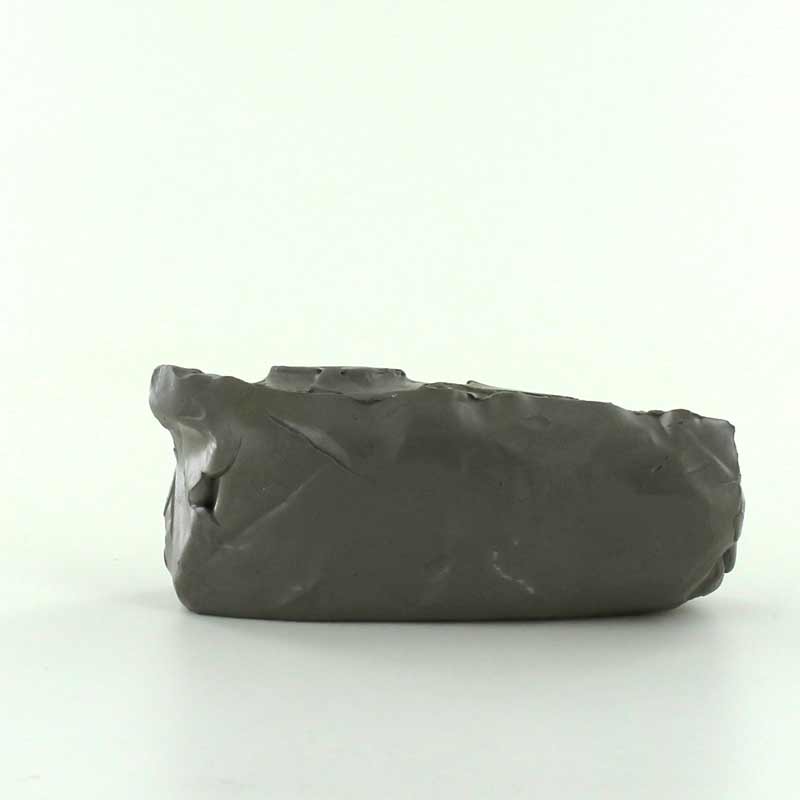What is the purpose of the plastin ?

Plastin is an industrial modelling clay used in the industry for its technical specificities. It can be used to position a part, create dams, plug holes, etc. It never dries and does not adhere to the products and is very elastic, which makes it much more effective than a traditional modelling clay.
Why use industrial modelling clay?
The plastin technical specificities
The plastin has a high elasticity, so it is difficult for it to break. This allows it to play a protective role for certain protection applications.
This industrial modelling clay is very elastic and deformable, so it allows operators to perform various tasks:
- Hold a part in place or in a certain orientation.
- Protect an area from a particular treatment.
- Fill holes to prevent surface treatment or impression taking.
- Create custom-made barriers to prevent the flow of liquid plastiforms during a particular dimensional inspection.
Plastin is very often used by users of Plastiform products because it allows them to remove stresses when the products flow. When opening holes are present in the area to be replicated, this can sometimes complicate the extraction of the impression.
By using industrial modelling clay, you can then, for example, plug these holes and prevent the product from getting inside. When the lock is removed, it leaves no trace of its passage: no residue or grease spots.
How is the plastin used?
 To use Plastin, simply handle it like a traditional plasticine dough. Even if this clay is made for industry, it does not present any risk to be handled with hands. Its high elasticity makes the plastin difficult to cut so feel free to pull it firmly to remove small pieces of plastin from the base block.
To use Plastin, simply handle it like a traditional plasticine dough. Even if this clay is made for industry, it does not present any risk to be handled with hands. Its high elasticity makes the plastin difficult to cut so feel free to pull it firmly to remove small pieces of plastin from the base block.
You can then shape it as you wish and place it on the work surface of your choice, press it lightly to ensure that it adheres well to the surface.
To make sure that the plastin is in place, you must make sure that it carries out the mission to which you have dedicated it:
- If it is used to hold a part, make sure you are sufficiently embedded in the plastin mass and that the clay prevents it from moving.
- If it is used to avoid a specific area of a Plastiform surface treatment or dimensional inspection, make sure it is completely waterproof.
When you have finished with the work area, you can remove the plastin by simply pulling on it. Plastin is not perishable and does not dry, so you can reuse it indefinitely.


